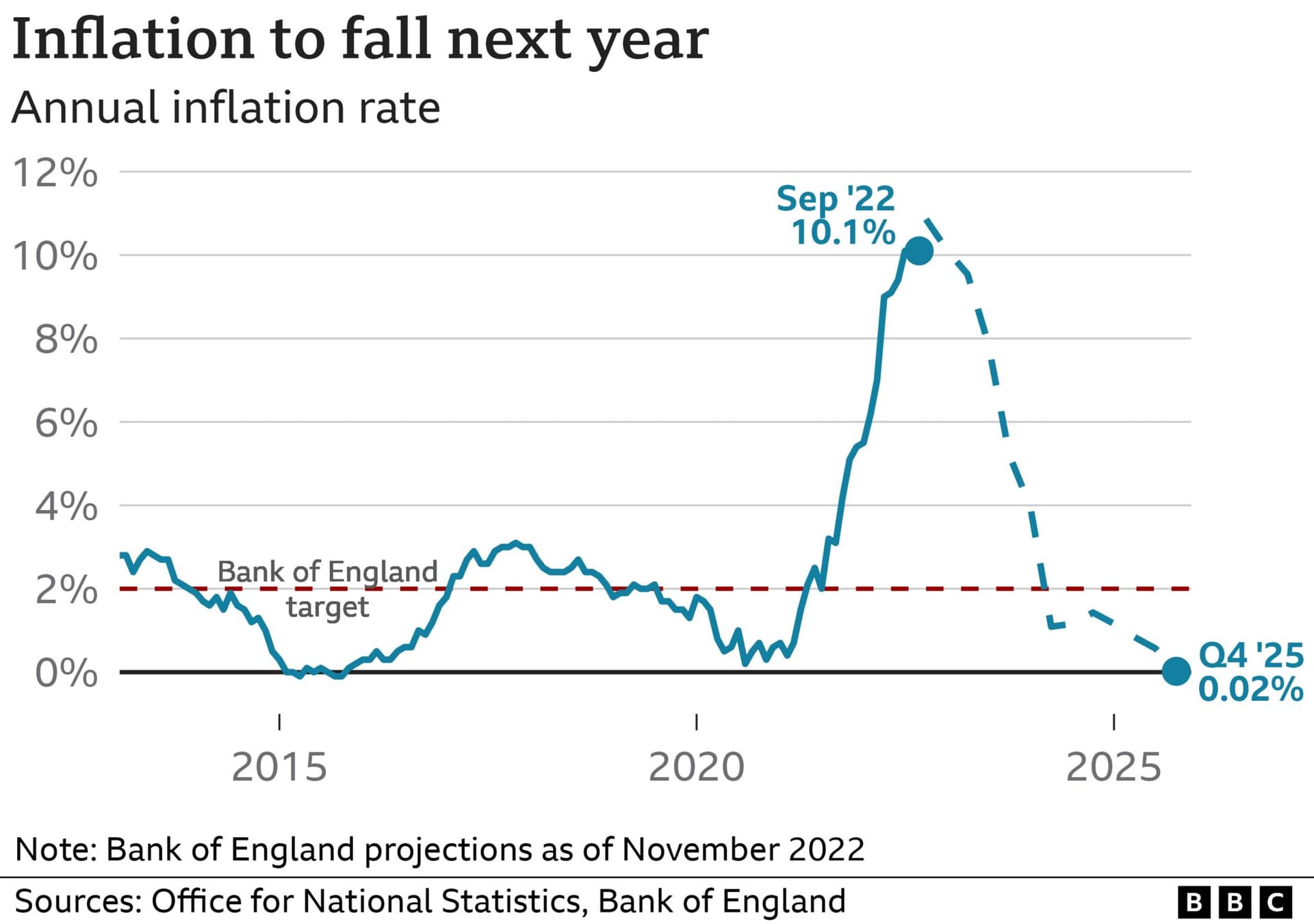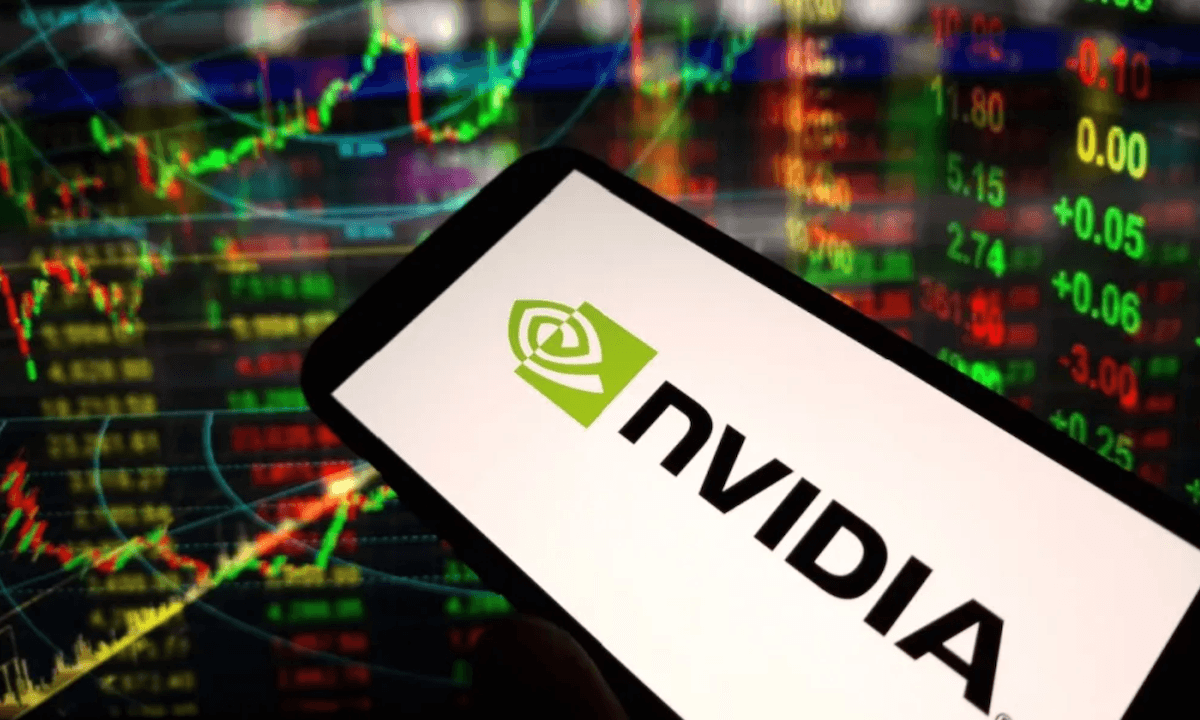Anthropic Commits $30 Billion to Azure as Nvidia and Microsoft Invest
Anthropic announced a sweeping alliance on November 18 that ties its future model deployments to Microsoft Azure and Nvidia powered compute, while Nvidia and Microsoft agreed to invest billions in the company. The deal reorders the infrastructure landscape for frontier AI, with wide implications for competition, cloud customers, and how large models are built and deployed.

Reuters reported on November 18 that Anthropic, the maker of the Claude family of models, struck a strategic alliance with Microsoft and Nvidia that will reshape access to compute for large language models. Under the agreement Anthropic committed to purchase roughly $30 billion of Microsoft Azure cloud compute capacity and to contract up to one gigawatt of Nvidia powered compute. Nvidia committed up to $10 billion and Microsoft committed up to $5 billion in direct investments in Anthropic as part of the arrangement.
The partnership will broaden availability of Anthropic’s Claude frontier models by making them accessible through Microsoft’s Azure AI Foundry and other distribution channels on Azure. The companies also said they would conduct joint engineering work to optimize Claude for Nvidia hardware, a move that signals closer coordination between model developers and chip makers as AI workloads grow in scale and complexity.
The scale of the cloud commitment marks another episode in a pattern of heavy capital flows into frontier AI. Cloud providers and chip makers see value in anchoring fast moving model development to their stacks, while model builders seek predictable, large scale compute to train and run the newest systems. The deal therefore serves business needs on both sides and reshapes competitive dynamics among cloud providers and accelerator vendors.
For enterprise customers and developers the arrangement could mean easier access to Anthropic models through Azure integrated tools and services. That may lower technical barriers to deploying advanced generative AI for companies already invested in Microsoft ecosystems. At the same time the concentration of resources risks increasing dependency on a narrower set of vendors for critical infrastructure, a trend that has attracted attention from regulators and policy makers concerned about competition and systemic risk.
The joint engineering effort to tune Claude for Nvidia hardware also underscores the role of hardware software co design in accelerating performance and cost efficiency. Nvidia’s chips have become a central standard for many large model workloads, but closer ties between a major chip supplier and a leading model developer may intensify debate over openness and compatibility with alternative architectures.
Industry analysts said the pact reflected an acceleration of the compute arms race that has defined the recent period of AI investment. The influx of tens of billions of dollars in cloud commitments and vendor equity mirrors a financial ecosystem willing to underwrite long term bets on model scale as a path to capability. The consequences will play out across markets for cloud services, specialized accelerators, and the commercial landscape for AI applications.
The announcement comes as governments weigh new policies for AI safety, competition, and national security. Observers will be watching how the alliance affects access to cutting edge models, the balance of power among technology suppliers, and the practicalities of governance when a handful of companies control much of the compute backbone for frontier AI.


%3Amax_bytes(150000)%3Astrip_icc()%2FGettyImages-2184732381-bf69c62d628842e29b72bd5917851542.jpg&w=1920&q=75)